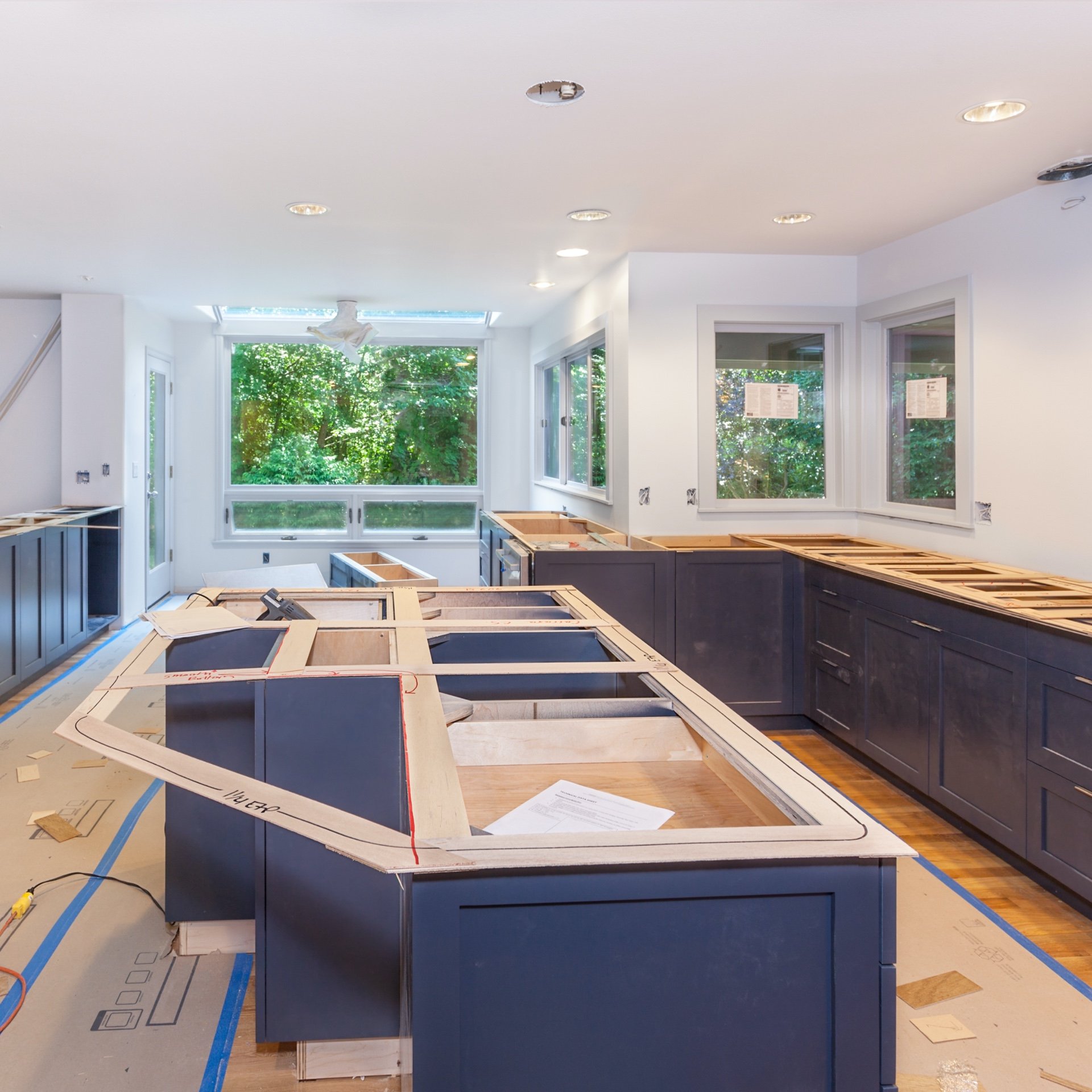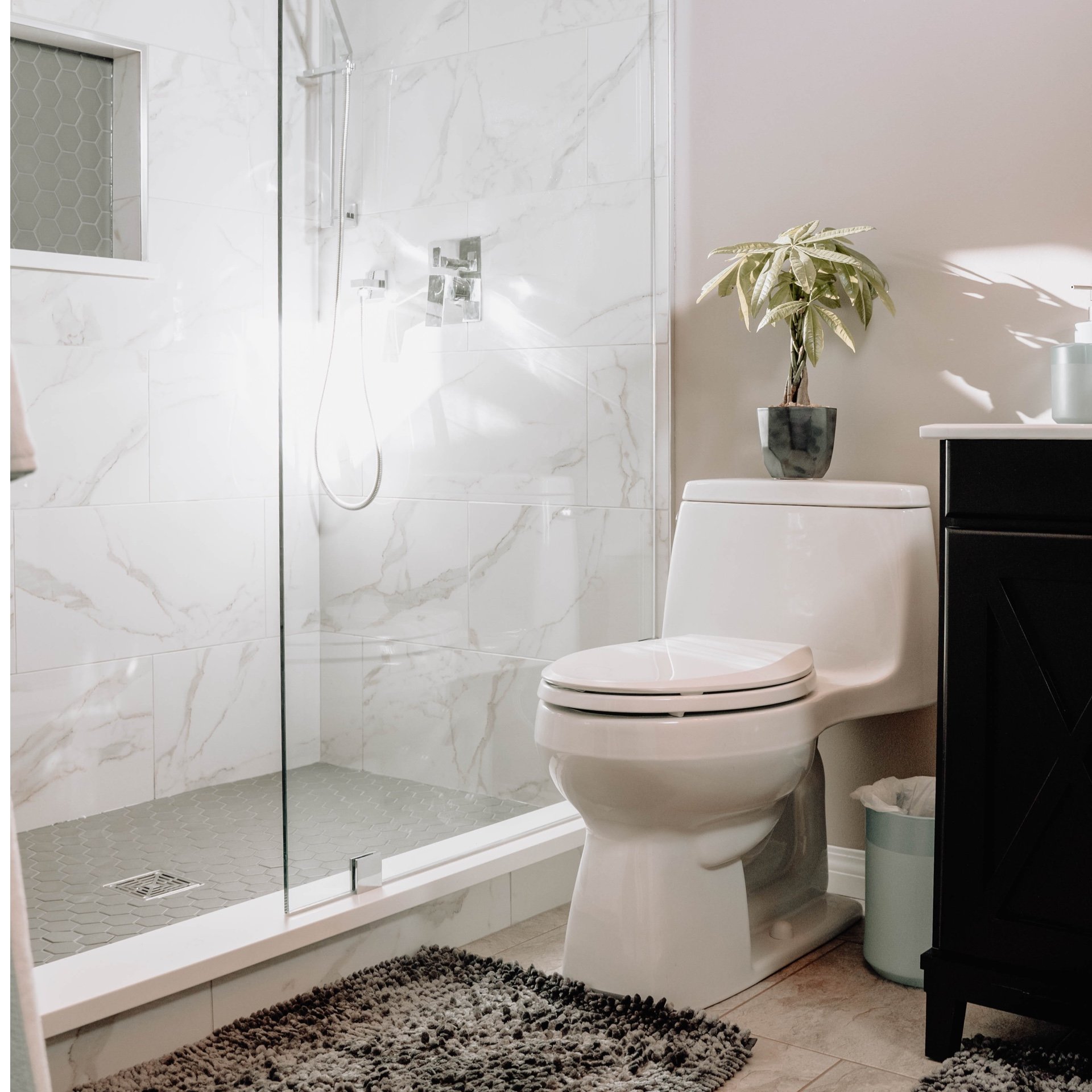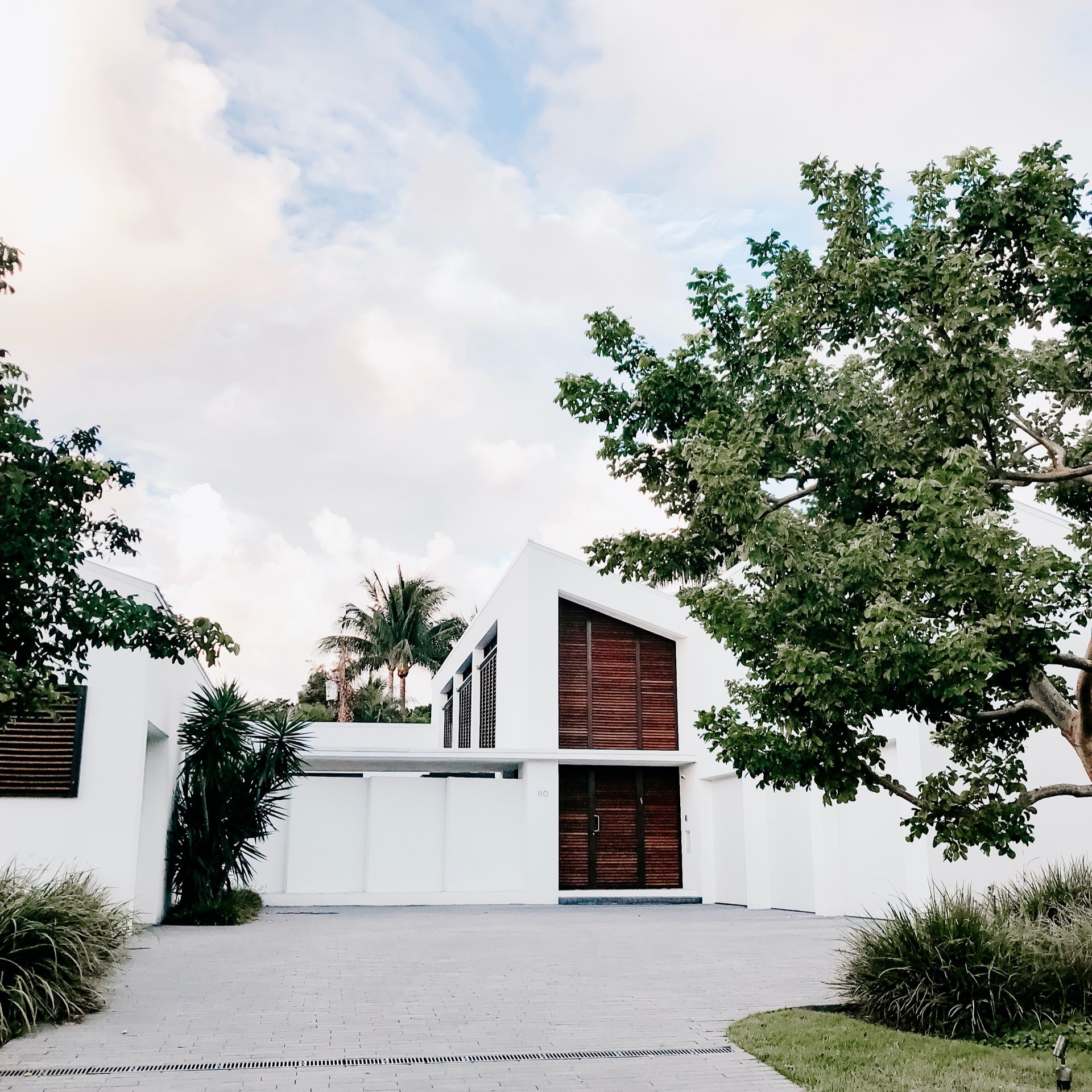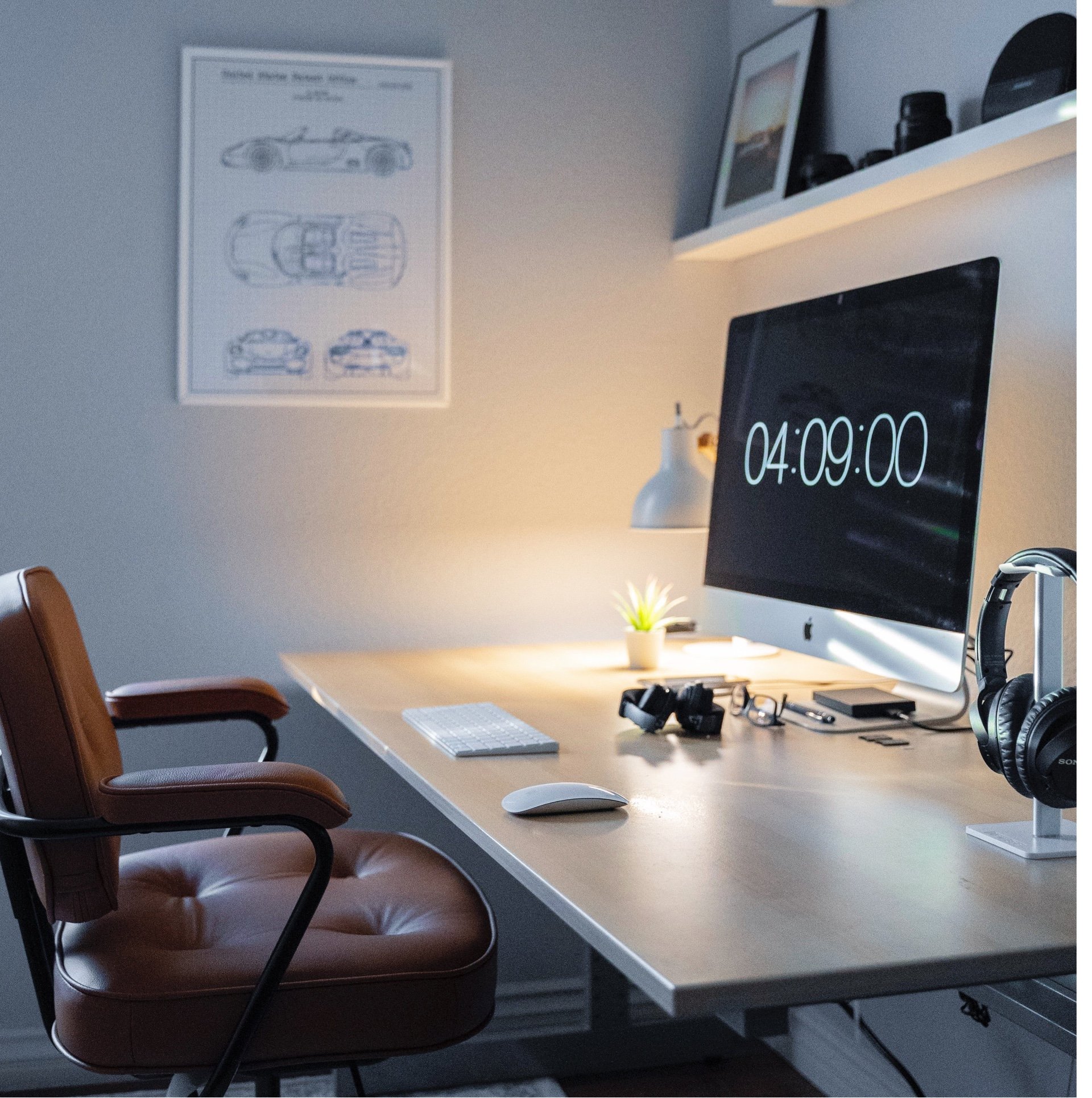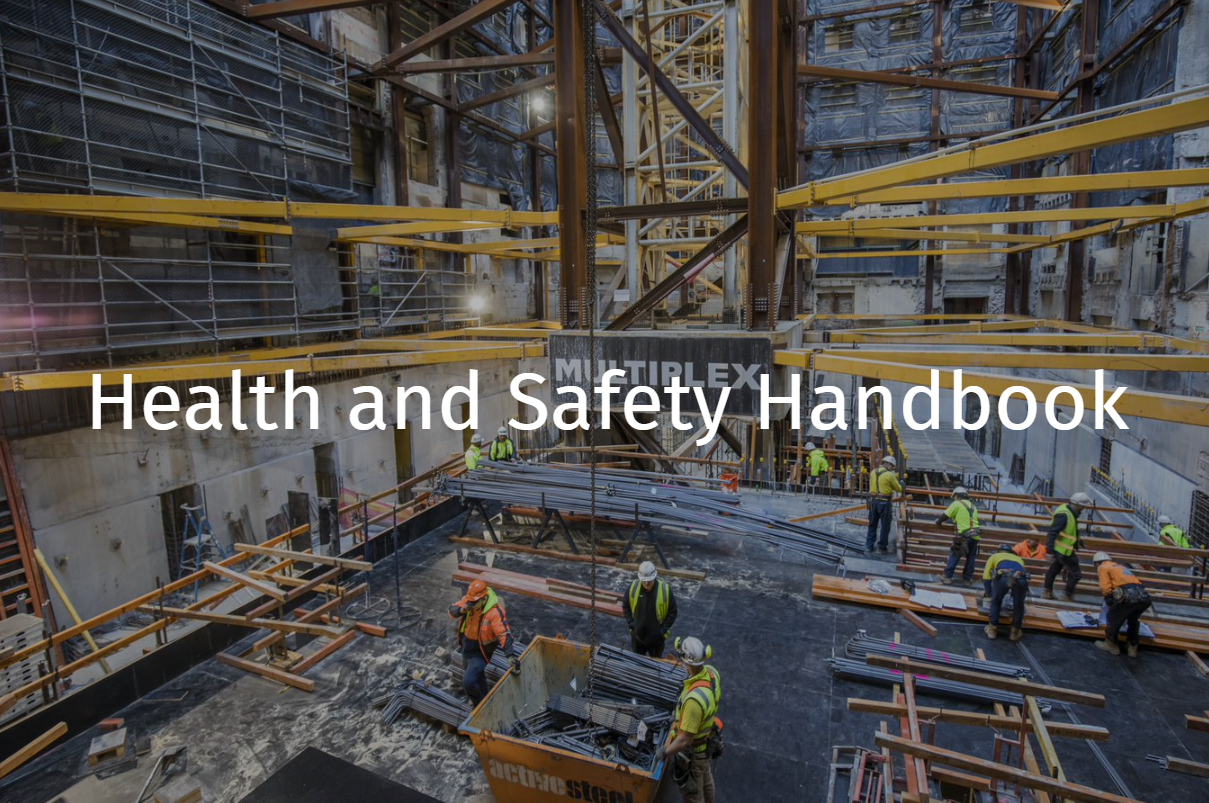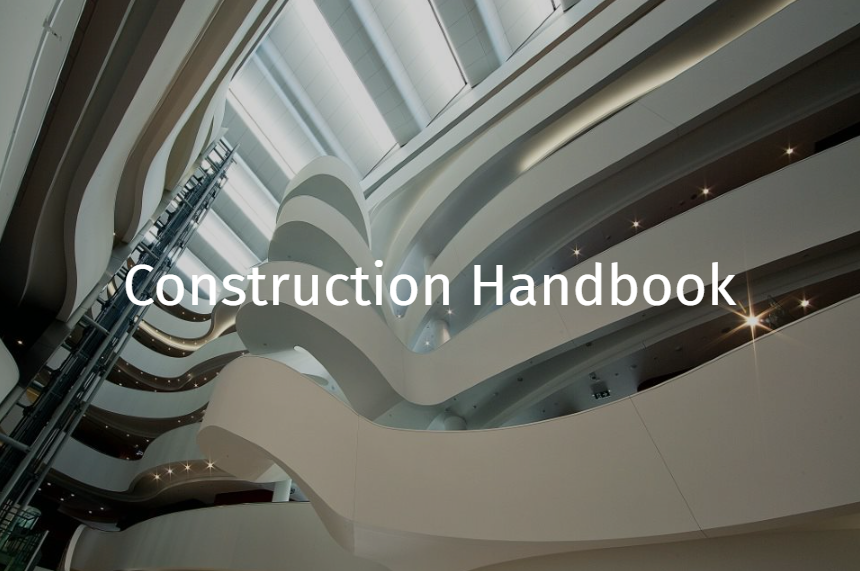Materials
Durability
- Special attention is drawn to the fact that swimming pool water and air quality within the pool hall and plant room can be highly corrosive. Therefore, the selection of materials should reflect this.
- As a rule, the materials used for internal finishes should be of the same specification as those used for exterior use.
- Metal in contact with concrete must be:
- Designed so that corrosion between the buried and exposed portions will not occur.
- Designed so that corrosion between embedded fixtures and any other metallic items will not occur.
- Isolated (in the case of aluminium) from any wet mortar or concrete by a moisture-proof epoxy coating or similar approved means.
- Both design and workmanship should ensure that no interstitial condensation can occur in walls or ceilings.
Water-stops, Sealants and Other Associated Item
Must be designed, selected, and installed to last the design life of the pool.
Tiles
- All tiles and components should be fully vitrified ceramic or glass specifically manufactured for use in swimming pools.
- The use of glass tiles below 30mm x 30mm is not recommended.
- Whenever outdoors tiling is specified, tiles must be reasonably free from crazing, of low porosity and guaranteed by the manufacturer as frost resistant.
Mosaics
- Where full mosaic is not used a band of mosaic or frost resistant tiles is recommended to be set around the top of the pool shell for easier removal of grease, dirt and scum at the water level.
- Mosaics must be properly bedded, and tesserae set evenly to prevent sharp edges being exposed.
Natural Stone and Composite Stone
- Not recommended
Grout
- Water resistant grout specifically recommended for continuous immersion.
- Epoxy resin grout may be preferred.
- It should be noted, and the client should be made aware, that pool water balance is imperative to the durability of grout. Cementitious grouts are particularly likely to be affected by poor pH control.
- Refer to 5.4 for further information
Stainless Steel
- It should be noted that there can be problems associated with the use of stainless steel in the fabrication of pool halls. Examples of this include:
- stays for flumes,
- supports for suspended ductwork and ceilings
- any stainless steel in a load bearing situation.
- Cases have occurred where standard grade stainless steel is being attacked by chloramines found in condensation leading to Stress Corrosion Cracking (SCC). With the increased use of pools and the greater temperatures to be found in them, it has been found that the grades of stainless steel generally used in pool halls do not have the resistance to SCC found in some more highly alloyed grades.
- It has also been found however that the problem only occurs where the stainless steel is not immersed in water, regularly drenched in water, or is inaccessible for regular maintenance.
- Designers are advised to consider the use of 316 SS electro-polished and 904L stainless steel for safety-critical and load bearing components, where these cannot be regularly washed.
- All stainless steel should be electro polished to achieve a minimum mirror finish.
Earthing
- All metal elements within the vicinity of the pool including pool shell and host building concrete elements’ embedded reinforcement, all handrails and grabrails, and any other feature shall be equipotenially bonded / earthed as required by AS3000:2018 (The Wiring Rules)
- All metal elements within the pool plant room including any host building structure, embedded reinforcement, plant equipment and materials and any other metal elements shall be equipotentially bonded / earthed as required by AS3000:2018 (The Wiring Rules)
Timber Skirting, Door Jambs and Architraves
- MDF, particleboard and any other form of reconstituted timber products must not be used.
- Skirtings, door jambs and architraves of timber must:
- Be made from solid timber
- Have a 2 to 3mm air gap from the tiles. This gap must not to be filled or sealed.
- All end grain of timber must be sealed with a minimum of 3 coats of high-quality timber sealer, prior to installation.
- Concealed faces of timber mouldings must be painted with a minimum of 2 coats of high-quality timber sealer, prior to installation.
Pipes and Fittings
- All pipework, pool fittings, and works and services generally within the pool project must be of non-corroding PVC.
- ABS should not be used when ozone is designed into the system or when ABS is in direct contact with sodium hypochlorite.
- Heavy-duty plastic pipework must be in accordance with:
- AS1477, “PVC pipes and fittings for pressure applications”
- AS/NZS 2566.2, “Buried flexible pipelines Part 2: Installation”
- AS 4041, “Pressure piping”.
- All pipes and fittings passing through the structure must be:
- Fitted with a welded puddle flange located at the centre of the concrete structure. And
- Cast into the concrete.
- To minimise any fatigue damage, plastic pipes that are cast into concrete must be provided with flexible connectors.
- All plant piping is to be adequately supported with the use of approved hangers, brackets, or support posts.
- End constraint of pipework and all flexible couplings must be provided to prevent excessive pipe movement.
- All supports, brackets & fixings must be constructed from corrosion resistant materials.
- Support posts that are manufactured from galvanized steel must not be directly fixed to the plant room floor slab, only fixed on suitable plinths. Refer to MPX “Guide to Waterproofing” for details.
- All pool reticulation must be hydrostatically tested to a pressure of 150 kPa, and or 3 times the working pressure.
- This test pressure must be held for a period of 60 minutes without any loss of pressure,
- Any leaks or defects detected from such tests must be repaired
- The test repeated until the above requirements have been totally satisfied
- No pipeline must be encased in concrete or backfilled until the above requirement has been totally satisfied.
- After initial testing, the pipeline must remain full of water.
- During concrete placement and or backfilling, all pipes must be maintained under a pressure of at least 100 kPa. This pressure must be maintained up to and until final connection stage.
- Pipework larger than 5 mm diameter must be labelled with stick-on labels, applied direct to the pipework.
- Labelling of small-bore pipework (less than 50mm) must be bracketed to the pipe or be wall mounted, with the label fixed to a suitable backing plate.
- Pool pipework shall be lagged / insulated so as to satisfy the requirements of NCC.
- For suspended pools bearing on acoustic isolation mounts, where pool pipework transitions from the pool shell to the host building structure, all pipework shall be appropriately articulated.
- For in-ground pools, where pool pipework transitions from in-ground trenches into the pool shell, all pipework shall be appropriately articulated.
- For in-ground pools on sites where the entire building structure is suspended / piled, consideration must be given in the design to appropriate suspension / support of in-ground pool pipework.
Plantroom
- All pool plant must be located within the designated plant room and any floor mounted equipment such as filters and pumps shall be positioned on appropriate plinths nominally 100mm above finish floor level.
- The pool plant room floor shall be graded toward floor waste points to ensure appropriate surface drainage. Said drainage shall discharge to sewer.
- Appropriate tundish drain points shall be coordinated within the plant room floor between the hydraulic engineer responsible for the sewer design and the engineer or contractor responsible for the pool filtration design.
- For any pool chemical storage areas, appropriate bunding and/or storage facilities must be provided.
- The design shall consider the provision of a suitable non-slip epoxy floor coating to the plant room as well as any bunding across the entry into the plant space to assist in the containment of any leaks or spills. Note that any bunding provisions shall consider whether such bunding introduces a trip hazard at the door threshold.
- Membrane must be applied to all floor and wall junctions to contain water within the pool plantroom
- Flood trip sensor to be installed in the event of a major leak. Sensor must be linked to Building Manager system to notify Building Manager of an issue in the pool plantroom. Sensor to be set 20mm above FFL.
- Floor wastes to be set 1:80/25mm min below FFL
Document Control
Version 01 October 2021
